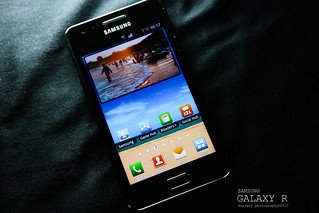 |
| English: Screenshot of KDE font viewer taken with ksnapshot and cut up with GIMP. (Photo credit: Wikipedia) |
2 days ago I posted my short article on the Font Editor software that I used, and which one gave me the speed and quick tweaks that I needed.
This time, it is on the font viewer applications, and I ended with 2, again: AMP and NexusFont Font Viewer.
This one was quick. What I needed is a no-brainer font viewer, and one that can and will read and display the full list of fonts from a specific directory.
Too bad, NexusFont only reads from the Windows Font folder - and there are many font viewer apps that can do this.
It was AMP Font Viewer that gave me that flexibility.
Decades ago, when I was still using Windows 95, that would have been FontLister, which is simply an executable file that you keep anywhere and run, and it would do the same thing of displaying the full list of fonts, installed or uninstalled.
Things have changed, and while I think that FontLister.exe is still in circulation, it is no longer in the discussions, so it doesn't come up anymore.
So AMP Font Viewer will be my choice of being the software that displays the full list of fonts in my Windows 8.1 laptop, installed or uninstalled.
Till then!


































